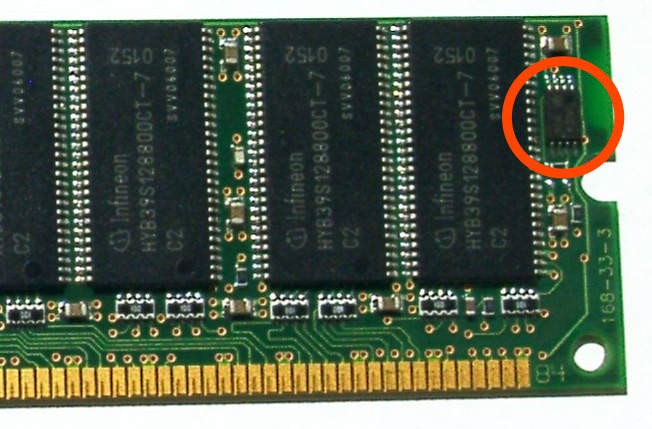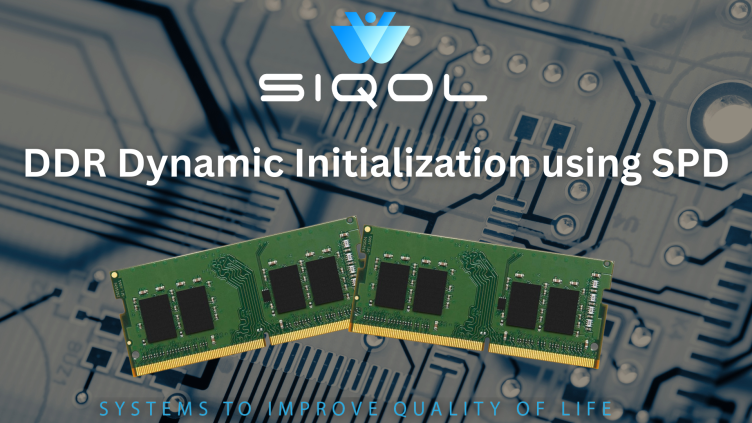In the realm of embedded systems, memory initialization and configuration are crucial steps towards ensuring optimal system performance. One of the key components in this setup is the DDR (Double Data Rate) memory, specifically in the form of DIMM (Dual Inline Memory Module) parts. Today, we’re diving into a dynamic configuration feature that has been making waves in the industry – the ability to initialize DDR memory based on parameters fetched at runtime from the SPD (Serial Presence Detect) table stored in the DIMM’s EEPROM area.
Here’s a breakdown of how this dynamic DDR configuration unfolds:
Extracting Vital Parameters from SPD:
Each DIMM part houses an SPD table in its EEPROM area. This table consists of essential parameters needed for DDR initialization. These parameters include Speed Bin, CAS (Column Address Strobe) Latency, RAS (Row Address Strobe) to CAS Delay, Pre-charge Time, and several others that dictate the timing and operational characteristics of the DDR memory.

EEPROM on an DIMM module, containing
Seamless DDR Initialization:
With the dynamic configuration feature, the system’s firmware fetches the parameters from the SPD table at runtime, eliminating the need for manual configuration in the development environment. This not only streamlines the initialization process but also provides a robust setup for different DIMM parts. Whether you are dealing with DDR3 or DDR4 or DDR5, the dynamic configuration caters to all, making it a versatile feature for various embedded system applications.
Flexibility in Memory Configuration:
One of the standout advantages is the flexibility it offers. Users can replace the DIMM part and the system will adapt by fetching the new set of parameters from the SPD, initializing the DDR accordingly. This is a significant improvement towards reducing downtime and ensuring system robustness, especially in scenarios demanding different memory configurations.
A Single Setup for Varied DIMM Parts:
One of the perks is the ability to maintain a single system setup regardless of the DIMM part in use. This is a time-saver for developers and system integrators as it eradicates the need for multiple setups or configurations. It’s a move towards a more modular and scalable approach in embedded system design.
This dynamic DDR configuration is a testament to how embedded systems are evolving, making strides towards automation and ease of configuration. At SIQOL, we are at the forefront of embracing and implementing such advanced features to drive efficiency and performance in our solutions. Our endeavors in embedded software and hardware development continually strive towards simplifying complexities and delivering robust, reliable solutions in the ever-evolving tech landscape.


